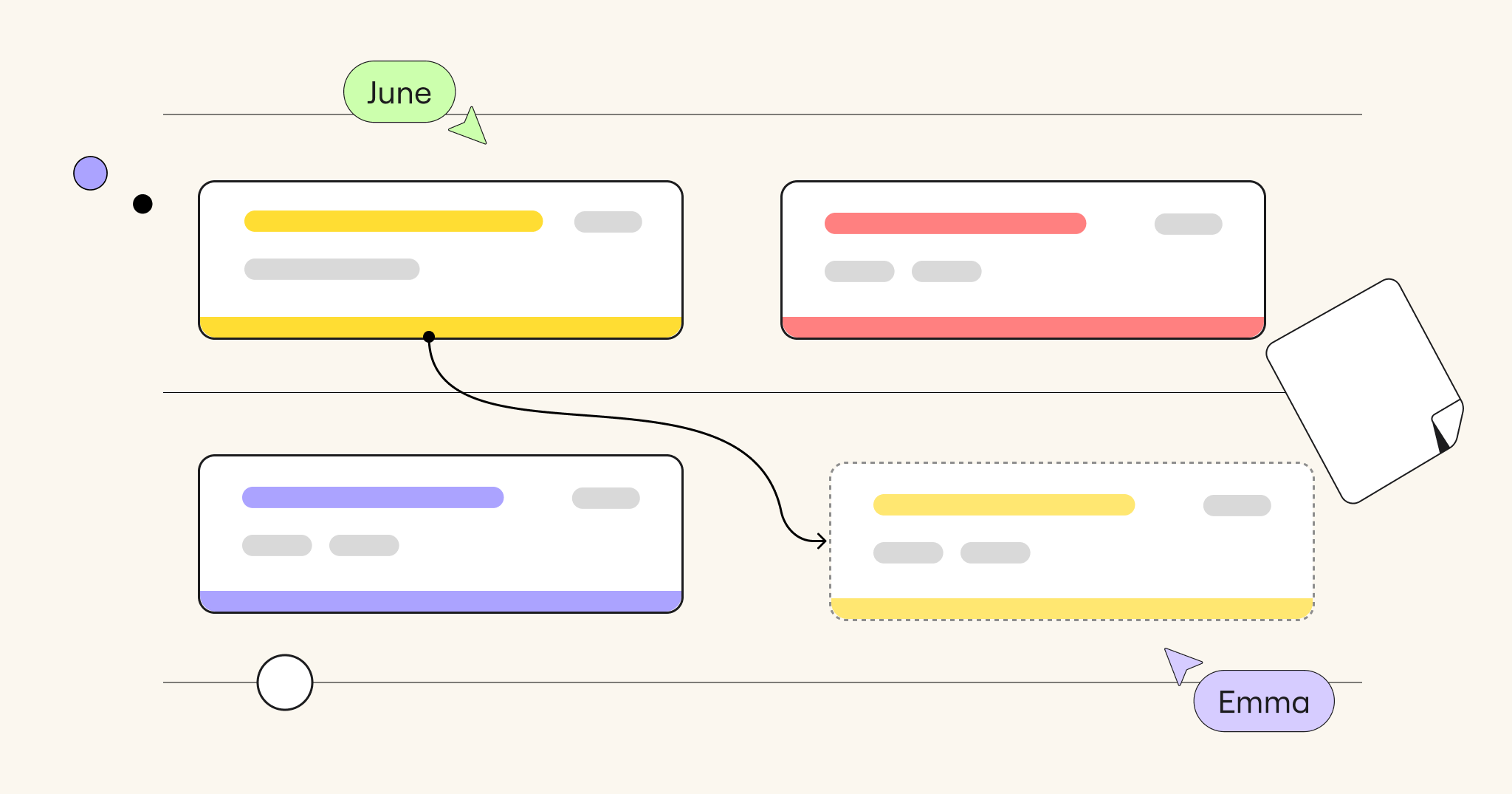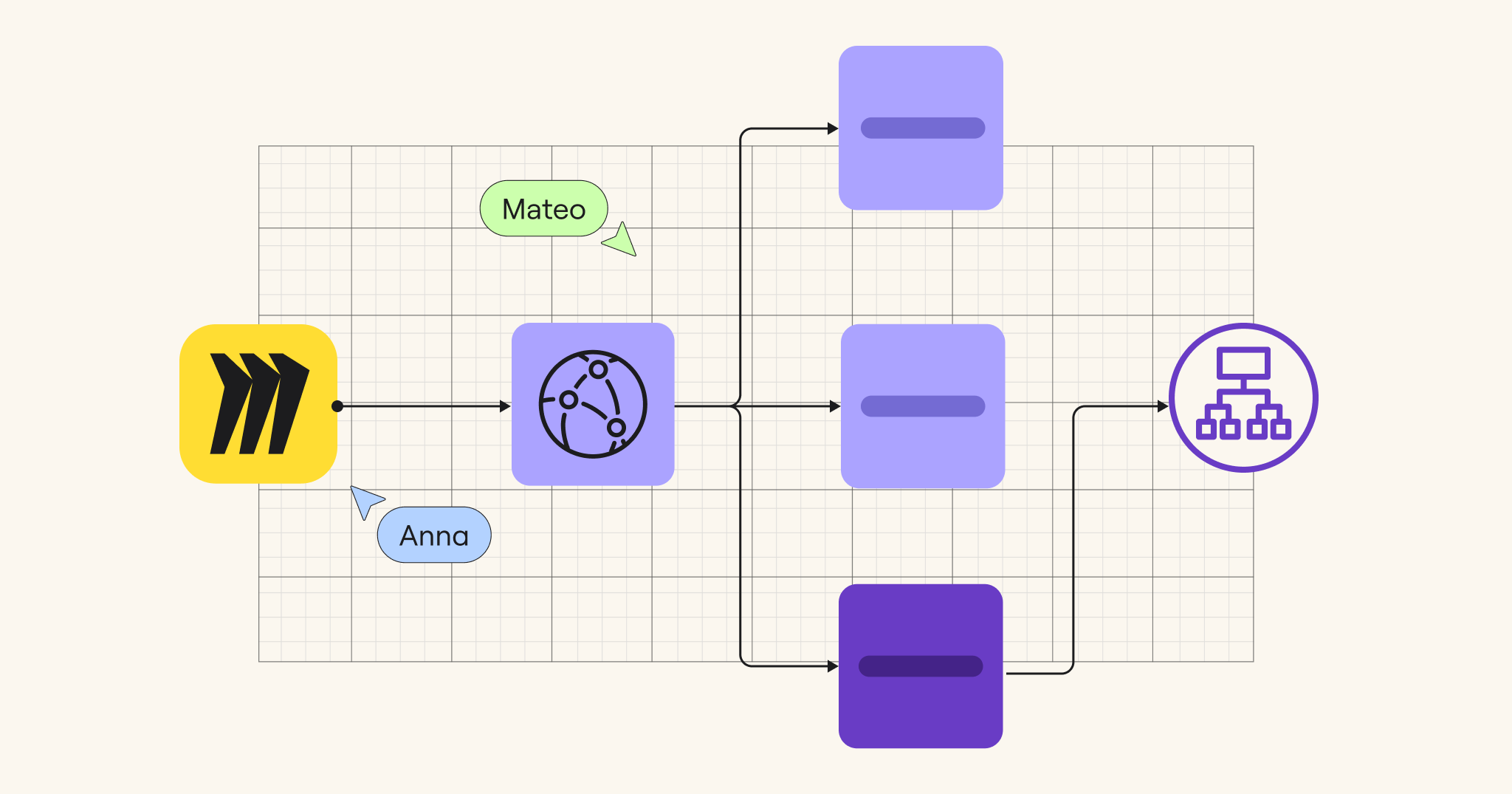On-premise, off-premise, or hybrid software deployments. There’s no shortage of options for companies and IT teams looking to create robust, secure, and scalable networks for their employees and end-users.
But with more options comes more research and decision-making, as each choice comes with its own benefits and drawbacks that can impact everything from cost to performance and data security.
Below, we’ll shed some light on your organization’s deployment options, and look at what’s trending today to help guide your decision.
Understanding the basics: on-premise vs. off-premise software
Before we dig into the benefits of on- and off-premise software, let’s back up and start with what they are.
What is on-premise software?
On-premise software refers to any software application that is installed and run locally on hardware located within a company’s physical location.
With on-premise software architecture, the company is responsible for buying and maintaining its own hardware, software licenses, IT infrastructure, and managed services to keep on-premise applications running smoothly.
Many legacy applications and data center resources operate on premise. Examples include:
- Enterprise Resource Planning (ERP) systems
- On-premise CRMS
- Database management systems (DBMS)
- Human Resource Management Systems (HRMS)
While the workload and upfront cost is often higher with on-premise software, this arrangement can provide greater control, with options to customize and scale critical applications. Companies retain direct access to the software, its underlying code, and all data on their servers, allowing them to perform a wide variety of tasks in-house.
What is off-premise software?
Off-premise software is any application that’s hosted and managed by a third-party provider over the internet. Companies can access these applications via licensing agreements, and do not have to invest and maintain their own IT infrastructure.
Common categories of off-premise software include:
- Software as a Service (SaaS). A software distribution model where applications are hosted by a third-party provider, and made available via licensing and logins to customers over the internet and cloud. Miro is an example of a SaaS platform, along with talent management systems, ecommerce platforms, cloud-based CRMs, Google Workspace, and Microsoft 365.
- Platform as a Service (PaaS). A cloud architecture model that provides customers with a platform they can use to develop, run, and manage applications, without having to build and maintain physical infrastructure. Examples include Google App Engine and Microsoft Azure.
- Cloud Storage Services. These are cloud-based, third-party services that allow users to store data on remote servers accessed over the internet. Examples include Dropbox or Google Drive.
Off-premise software — powered by the cloud — has become the norm for many globally dispersed companies. According to McKinsey, $8 out of every $10 for IT goes toward off-premise cloud services.
Benefits of on-premise software
On-premise software is typically more complex and resource-intensive. This is because companies need to deploy and maintain their own physical IT infrastructure on which to run these applications. All parts of that upkeep — from initial deployment to ongoing maintenance to troubleshooting — fall onto the company’s internal IT team.
Despite this complexity, however, on-premise software does offer some serious benefits, including.
- Control and customization. Companies have complete control over the underlying hardware and software environment, allowing for extensive customization and scale.
- Security and data privacy. Companies can implement their own security measures and keep sensitive data in-house. This helps to ensure that access is tightly controlled, reducing the risk of data breaches and other data security lapses. In fact, according to analysis from Unit42, a stunning 80% of security exposures were observed in cloud environments, compared to just 20% for on-premise.
- Performance and reliability. Depending on the underlying infrastructure, on-premise solutions can offer superior performance and stability because they’re not dependent on internet connectivity or uptime from a third-party.
- Compliance. On-premise systems are reliable options for businesses with heavy regulations related to customer data and system security. Keeping systems in-house can ensure compliance with local data laws and security requirements.
- Integration with legacy systems. Companies with extensive legacy systems may find it easier to integrate new on-premise software into their infrastructure, rather than having to stitch into a cloud-based network.
These benefits, of course, are contingent on companies having the infrastructure, expertise, and resources available to deploy and maintain on-premise software indefinitely. If they don’t, then off-premise software might be a better option.
Advantages of off-premise software
While on-premise software offers greater control and security, off-premise applications tend to be more accessible, scalable, and cost-effective.
Here are some advantages:
Cost savings
Off-premise software typically requires less upfront investment than on-premise, making it a more affordable option for small businesses and startups. Ongoing costs come from subscription fees or pay-per-use models. According to Accenture, migrating to the public cloud can lower a company’s total cost of ownership by as much as 40%.
Scalability
Off-premise software can easily be scaled up or down to meet changing business needs or headcount. There’s no need to add additional hardware or software to scale. This is great news for the 42% of CIOs and CTOs who report that they struggle to manage resource usage.
Accessibility
Off-premise software is accessible from anywhere with an internet connection, making it ideal for remote work and collaboration across teams.
Automatic updates and maintenance
Third-party providers handle all maintenance, updates, and quality assurance, with no additional burden on internal IT teams.
Storage, recovery, and backup
All data is stored in third-party servers, removing the cost and burden from the company. Most third-party providers also have robust recovery and backup services in place to prevent data loss and service downtime. It’s no wonder, then, that as much as 60% of corporate data is now stored off-premise.
Security and data protection
Off-premise providers invest heavily in cybersecurity measures. This includes regularly testing and upgrading their systems, installing sophisticated security measures, and staffing industry experts in cybersecurity. This can be incredibly hard to replicate in-house for smaller companies.
Because off-premise software is globally accessible by all registered users, they’re more suited for remote collaboration than their on-premise cousins. Platforms like Miro, for example, can be used to facilitate real-time collaboration over a cloud-based network, allowing remote teams to operate like they’re in the same room.
Hybrid solutions: striking a balance between control and flexibility
For many companies, hybrid solutions offer the best of both worlds. These are computing environments that combine elements of both on- and off-premise software deployments, allowing organizations to realize the benefits of both models.
Examples of hybrid solutions include:
- Hybrid cloud. Typically used for storage infrastructure, hybrid cloud combines on-premise resources with public cloud services to enable great capacity, resiliency, and accessibility.
- Hybrid CRM. A CRM solution that houses core customer data on-premise, but then interacts with off-premise solutions like marketing tools or customer accounts. Data remains secure on-premise, but can feed into client-facing interaction tools.
- Hybrid ERP. These are ERP systems that integrate on-premise modules to facilitate core business functions, but then use cloud-based tools for things like advanced analytics, reporting, collaboration, and customer engagement.
The flexibility of cloud-enabled infrastructures is making this model a favorite amongst companies worldwide. According to a study from Fortinet, as of 2024, 78% of surveyed organizations are opting for hybrid-cloud and multi-cloud strategy. Of those surveyed, 43% use a hybrid of cloud and on-premise infrastructure, and 35% have a multi-cloud strategy.
By using hybrid solutions, companies can tightly control cost and resource usage by offloading non-critical workloads to the cloud, while protecting sensitive data inhouse. They can pick and choose which areas require stability or stability, and choose the right deployment strategy for each. This grants even greater flexibility, scalability, and control over a company’s IT infrastructure than either on-premise or off-premise solutions alone.
Future trends and considerations in software deployment
As technology changes, so too will the industry standards for software deployment. Let’s explore a few technology trends that are likely to change software deployment standards in the coming years.
Increasing adoption of edge computing
Edge computing is becoming a major factor in software deployment and end-user accessibility. In fact, the edge computing market is expected to be valued at $45.4 billion by 2028, up from $11.7 billion in 2022.
This technology brings computation and data storage closer to the data sources, helping to reduce latency and bandwidth usage for end users. This extends cloud capabilities by allowing applications to process data locally at the “edge” of the network.
This shift means that on-premise infrastructures can integrate edge computing to enhance local data processes. And, off premise cloud services can extend their reach and efficiency by distributing tasks to edge locations. Both ultimately provide a more seamless and responsive experience for end users.
AI and automation in software deployment and management
It’s impossible, of course, to ignore the impact of AI and automation technologies in software deployment and management. These tools are increasingly being used to optimize software deployment, management, and maintenance by actively and continuously automating repetitive tasks and troubleshooting issues as they arise.
AI and automation tech can handle tasks like code deployment, infrastructure management, and performance monitoring. This offers huge efficiency gains, costs savings, and even unlocks predictive maintenance to get ahead of potential system failures before they happen.
Teams managing on-premise software deployments can use AI and automation for more efficient internal management, maintenance, and troubleshooting. Off-premise teams, on the other hand, get better services and reduced operational overhead as cloud providers incorporate these technologies more and more into their offering.
Growing emphasis on data privacy and security
Data breaches are becoming more common and costly. According to an IBM report, the average cost of a data breach in 2023 was $4.45 million, an increase of 15% over three years. As a result, 51% of organizations report that they’re actively increasing security investments.
IT teams around the world are placing greater emphasis on ensuring robust data privacy and security measures across their networks. This trend is made even more urgent by stringent regulations like GDPR and CCPA, alongside growing consumer demand for data protection.
Ensuring security across on-premise, off-premise, and hybrid infrastructures, therefore, is a critical priority going forward. Companies should take a deep look at their security needs — and those of their clients — to help identify which deployment model makes the most sense. Cost, benefit, and risk analysis will help to weigh these variables, and identify both the most secure and cost-effective deployment.
Implications of 5G and IoT technology
5G connectivity continues to become the norm globally, with three billion subscriptions reported in 2024 and eight billion projected by 2028. This, combined with the proliferation of Internet of Things (IoT) devices creates both faster and more powerful processing capabilities, and significantly more opportunities to generate and collect data.
Together, 5G and IoT devices allow companies to deploy software in more places, and generate data from a much wider array of contexts. This can be used to create highly tailored end-user experiences, and creates greater complexity for how software is deployed and secured.
A wealth software deployment options
The shift from on-premise to off-premise to hybrid has been a rapid one. The pace of technological innovation is only increasing, meaning that companies will need to continuously review their existing infrastructure and consider new opportunities for improvement. Each company’s ideal solution will be unique. Luckily, there are a wealth of options to help companies find the exact right deployment — or combination of deployments — for their needs, budgets, and security requirements.






